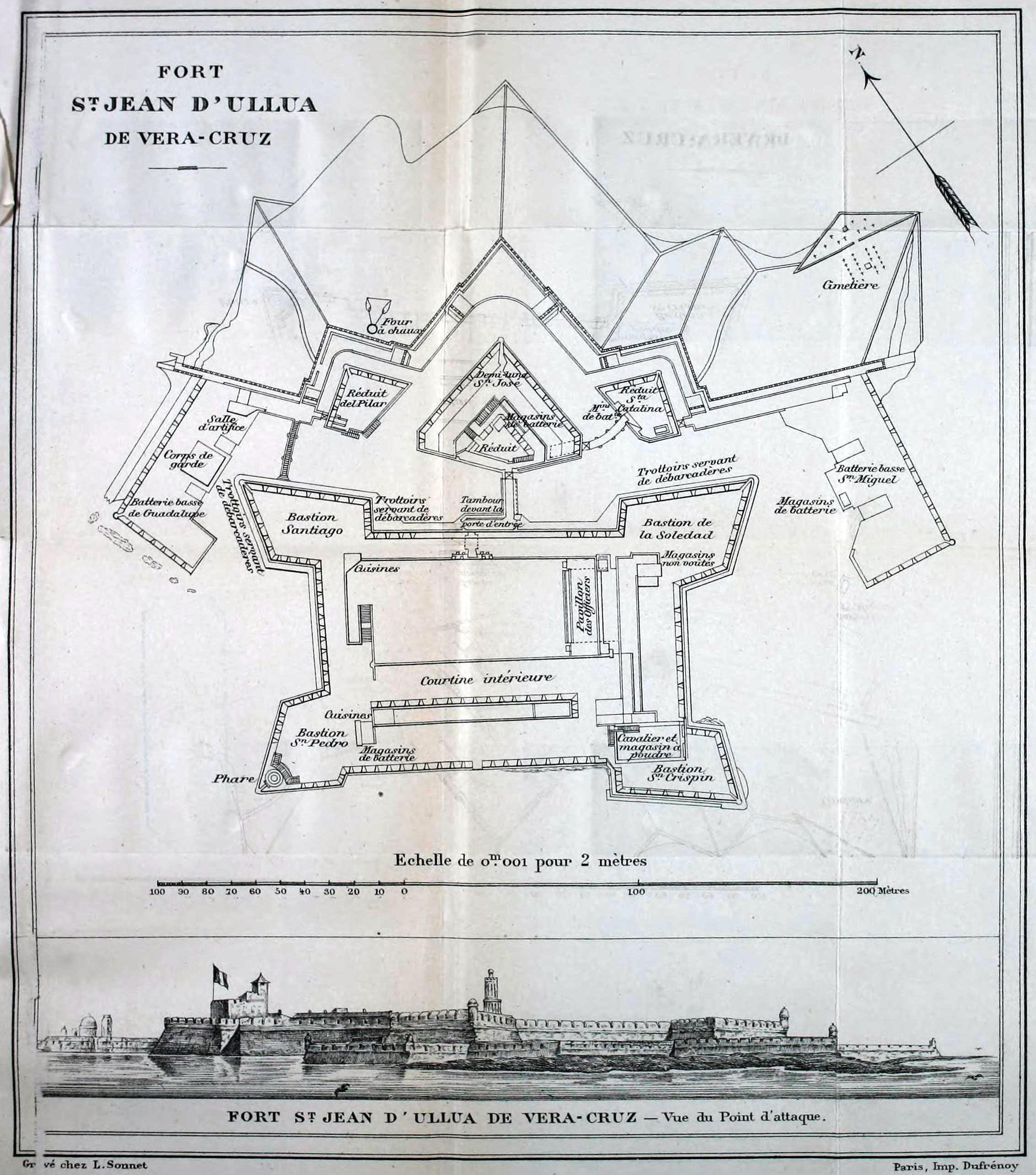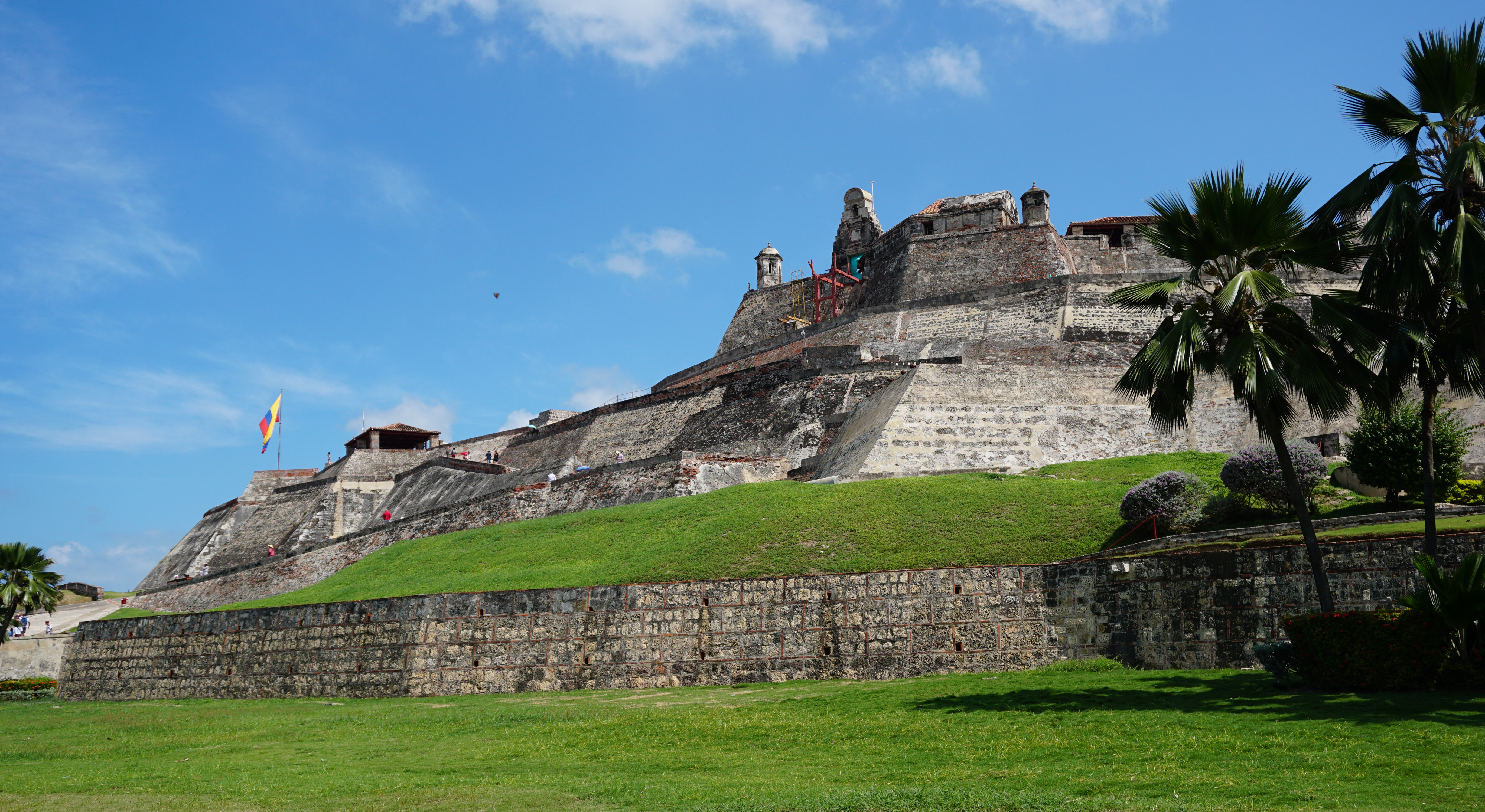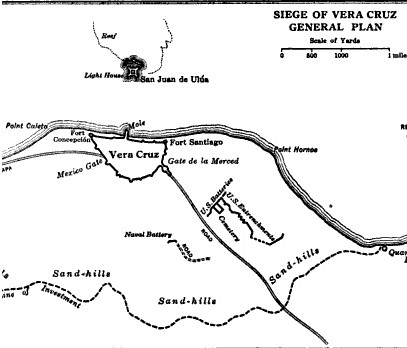|
USS Falcon (1846)
USS ''Falcon'' was a gunboat in the United States Navy. ''Falcon'' was captured as the Mexican gunboat ''Isabel'' on November 14, 1846 at Tampico, and taken into the Navy. Mexican–American War operations Operating throughout the remainder of the Mexican–American War with the Home Squadron in the Gulf of Mexico, ''Falcon'' took part in the amphibious operation at Vera Cruz from March 9–25, 1847. A force of over 10,000 troops was landed to attack the city and its guardian castle of San Juan de Ulúa, and while the squadron fired upon the seaward fortifications, a naval battery of six heavy guns was landed to aid the troops. The garrison displayed a flag of truce on the 25th when the city walls were breached, and four days later American troops took possession of the city and the castle. ''Falcon'' served on guard and patrol duty off the Mexican coast, and in April 1848 voyaged to New Orleans for supplies. She sailed from Campeche on July 18 for New York New York mos ... [...More Info...] [...Related Items...] OR: [Wikipedia] [Google] [Baidu] |
Gunboat
A gunboat is a naval watercraft designed for the express purpose of carrying one or more guns to bombard coastal targets, as opposed to those military craft designed for naval warfare, or for ferrying troops or supplies. History Pre-steam era In the age of sail, a gunboat was usually a small undecked vessel carrying a single smoothbore cannon in the bow, or just two or three such cannons. A gunboat could carry one or two masts or be oar-powered only, but the single-masted version of about length was most typical. Some types of gunboats carried two cannons, or else mounted a number of swivel guns on the railings. The small gunboat had advantages: if it only carried a single cannon, the boat could manoeuvre in shallow or restricted areas – such as rivers or lakes – where larger ships could sail only with difficulty. The gun that such boats carried could be quite heavy; a 32-pounder for instance. As such boats were cheap and quick to build, naval forces favoured sw ... [...More Info...] [...Related Items...] OR: [Wikipedia] [Google] [Baidu] |
San Juan De Ulúa
San Juan de Ulúa, also known as Castle of San Juan de Ulúa, is a large complex of fortresses, prisons and one former palace on an island of the same name in the Gulf of Mexico overlooking the seaport of Veracruz, Mexico. Juan de Grijalva's 1518 expedition named the island. On Easter Sunday 1519, Hernan Cortés met with Tendile and Pitalpitoque, emissaries from Moctezuma II's Aztec Empire.Diaz, B., 1963, The Conquest of New Spain, London: Penguin Books, It was built between 1535 and 1769. There is a local museum of the fortress, inaugurated in 1984. History The fort was constructed during the period of Spanish colonial rule, with construction being initiated in 1535 by the Spanish authorities. The boundaries of the fort were repeatedly expanded several times during its existence. In 1568, the Spanish forces stationed on the fortress succeeded in trapping a privateer fleet under the command of John Hawkins in the fortress's harbour. The commanders under Hawk ... [...More Info...] [...Related Items...] OR: [Wikipedia] [Google] [Baidu] |
New York City
New York, often called New York City or NYC, is the most populous city in the United States. With a 2020 population of 8,804,190 distributed over , New York City is also the most densely populated major city in the United States, and is more than twice as populous as second-place Los Angeles. New York City lies at the southern tip of New York State, and constitutes the geographical and demographic center of both the Northeast megalopolis and the New York metropolitan area, the largest metropolitan area in the world by urban landmass. With over 20.1 million people in its metropolitan statistical area and 23.5 million in its combined statistical area as of 2020, New York is one of the world's most populous megacities, and over 58 million people live within of the city. New York City is a global cultural, financial, entertainment, and media center with a significant influence on commerce, health care and life sciences, research, technology, educa ... [...More Info...] [...Related Items...] OR: [Wikipedia] [Google] [Baidu] |
Campeche, Campeche
San Francisco de Campeche (; yua, Ahk'ìin Pech, ), 19th c., also known simply as Campeche, is a city in Campeche Municipality in the state of Campeche, Mexico on the shore of the Bay of Campeche of the Gulf of Mexico. Both the seat of the municipality and the state's capital, the city had a population at the 2010 census of 220,389, and the municipality had a population of 259,005. The city was founded in 1540 by Spanish conquistadores as San Francisco de Campeche atop the pre-existing Maya city of Can Pech. The Pre-Columbian city was described as having 3,000 houses and various monuments, of which little trace remains. The city retains many of the old colonial Spanish city walls and fortifications which protected the city from pirates and buccaneers. The state of preservation and quality of its architecture earned it the status of a UNESCO World Heritage Site in 1999. Originally, the Spaniards lived inside the walled city, while the natives lived in the surrounding ''barrios ... [...More Info...] [...Related Items...] OR: [Wikipedia] [Google] [Baidu] |
New Orleans
New Orleans ( , ,New Orleans . ; french: La Nouvelle-Orléans , es, Nueva Orleans) is a consolidated city-parish located along the in the southeastern region of the U.S. state of Louisiana. With a population of 383,997 according to the 2020 U.S. census, [...More Info...] [...Related Items...] OR: [Wikipedia] [Google] [Baidu] |
Patrol
A patrol is commonly a group of personnel, such as law enforcement officers, military personnel, or security personnel, that are assigned to monitor or secure a specific geographic area. Etymology From French ''patrouiller'', from Old French ''patouiller'' “to paddle, paw about, patrol”, from ''patte'' “a paw”. Military In military tactics, a ''patrol'' is a sub-subunit or small tactical formation, sent out from a military organization by land, sea or air for the purpose of combat, reconnaissance, or a combination of both. The basic task of a patrol is to follow a known route with the purpose of investigating some feature of interest or, in the assignment of a ''fighting patrol'' (U.S. ''combat patrol''), to find and engage the enemy. A patrol can also mean a small cavalry or armoured unit, subordinate to a troop or platoon, usually comprising a section or squad of mounted troopers, or two armoured fighting vehicles (often tanks). Law enforcement In non-mil ... [...More Info...] [...Related Items...] OR: [Wikipedia] [Google] [Baidu] |
Flag Of Truce
White flags have had different meanings throughout history and depending on the locale. Contemporary use The white flag is an internationally recognized protective sign of truce or ceasefire, and for negotiation. It is also used to symbolize surrender, since it is often the weaker party that requests negotiation. It is also flown on ships serving as cartels. A white flag signifies to all that an approaching negotiator is unarmed, with an intent to surrender or a desire to communicate. Persons carrying or waving a white flag are not to be fired upon, nor are they allowed to open fire. The use of the flag to request parley is included in the Hague Conventions of 1899 and 1907: The improper use of the flag is forbidden by the rules of war and constitutes a war crime of perfidy. There have been numerous reported cases of such behavior in conflicts, such as combatants using white flags as a ruse to approach and attack enemy combatants, or killings of combatants attempti ... [...More Info...] [...Related Items...] OR: [Wikipedia] [Google] [Baidu] |
Garrison
A garrison (from the French ''garnison'', itself from the verb ''garnir'', "to equip") is any body of troops stationed in a particular location, originally to guard it. The term now often applies to certain facilities that constitute a military base or fortified military headquarters. A garrison is usually in a city, town, fort, castle, ship, or similar site. "Garrison town" is a common expression for any town that has a military base nearby. "Garrison towns" ( ar, أمصار, amsar) were used during the Arab Islamic conquests of Middle Eastern lands by Arab-Muslim armies to increase their dominance over indigenous populations. In order to occupy non-Arab, non-Islamic areas, nomadic Arab tribesmen were taken from the desert by the ruling Arab elite, conscripted into Islamic armies, and settled into garrison towns as well as given a share in the spoils of war. The primary utility of the Arab-Islamic garrisons was to control the indigenous non-Arab peoples of these co ... [...More Info...] [...Related Items...] OR: [Wikipedia] [Google] [Baidu] |
Squadron (naval)
A squadron, or naval squadron, is a significant group of warships which is nonetheless considered too small to be designated a fleet. A squadron is typically a part of a fleet. Between different navies there are no clear defining parameters to distinguish a squadron from a fleet (or from a flotilla), and the size and strength of a naval squadron varies greatly according to the country and time period. Groups of small warships, or small groups of major warships, might instead be designated flotillas by some navies according to their terminology. Since the size of a naval squadron varies greatly, the rank associated with command of a squadron also varies greatly. Before 1864 the entire fleet of the Royal Navy was divided into three squadrons, the red, the white, and the blue. Each Royal Navy squadron alone was more powerful than most national navies. Today, a squadron might number three to ten vessels, which might be major warships, transport ships, submarines, or small craf ... [...More Info...] [...Related Items...] OR: [Wikipedia] [Google] [Baidu] |
Fortification
A fortification is a military construction or building designed for the defense of territories in warfare, and is also used to establish rule in a region during peacetime. The term is derived from Latin ''fortis'' ("strong") and ''facere'' ("to make"). From very early history to modern times, defensive walls have often been necessary for cities to survive in an ever-changing world of invasion and conquest. Some settlements in the Indus Valley civilization were the first small cities to be fortified. In ancient Greece, large stone walls had been built in Mycenaean Greece, such as the ancient site of Mycenae (famous for the huge stone blocks of its ' cyclopean' walls). A Greek '' phrourion'' was a fortified collection of buildings used as a military garrison, and is the equivalent of the Roman castellum or English fortress. These constructions mainly served the purpose of a watch tower, to guard certain roads, passes, and borders. Though smaller than a real fortress, th ... [...More Info...] [...Related Items...] OR: [Wikipedia] [Google] [Baidu] |
Steam Engine
A steam engine is a heat engine that performs mechanical work using steam as its working fluid. The steam engine uses the force produced by steam pressure to push a piston back and forth inside a cylinder. This pushing force can be transformed, by a connecting rod and crank, into rotational force for work. The term "steam engine" is generally applied only to reciprocating engines as just described, not to the steam turbine. Steam engines are external combustion engines, where the working fluid is separated from the combustion products. The ideal thermodynamic cycle used to analyze this process is called the Rankine cycle. In general usage, the term ''steam engine'' can refer to either complete steam plants (including boilers etc.), such as railway steam locomotives and portable engines, or may refer to the piston or turbine machinery alone, as in the beam engine and stationary steam engine. Although steam-driven devices were known as early as the aeo ... [...More Info...] [...Related Items...] OR: [Wikipedia] [Google] [Baidu] |
Siege Of Veracruz
The Battle of Veracruz was a 20-day siege of the key Mexican beachhead seaport of Veracruz during the Mexican–American War. Lasting from March 9–29, 1847, it began with the first large-scale amphibious assault conducted by United States military forces, and ended with the surrender and occupation of the city. U.S. forces then marched inland to Mexico City. Background After the battles of Monterrey and Buena Vista, much of Zachary Taylor's Army of Occupation was transferred to the command of Major General Winfield Scott in support of the upcoming campaign. That campaign, determined by Scott and other Washington officials, would be a Veracruz landing and an advance inland.Bauer, K.J., 1974, ''The Mexican War, 1846–1848'', New York: Macmillan, Mexican military intelligence knew in advance of U.S. plans to attack Veracruz, but internal government turmoil left them powerless to send crucial reinforcements before the American assault commenced. Opposing forces Mexican ... [...More Info...] [...Related Items...] OR: [Wikipedia] [Google] [Baidu] |











